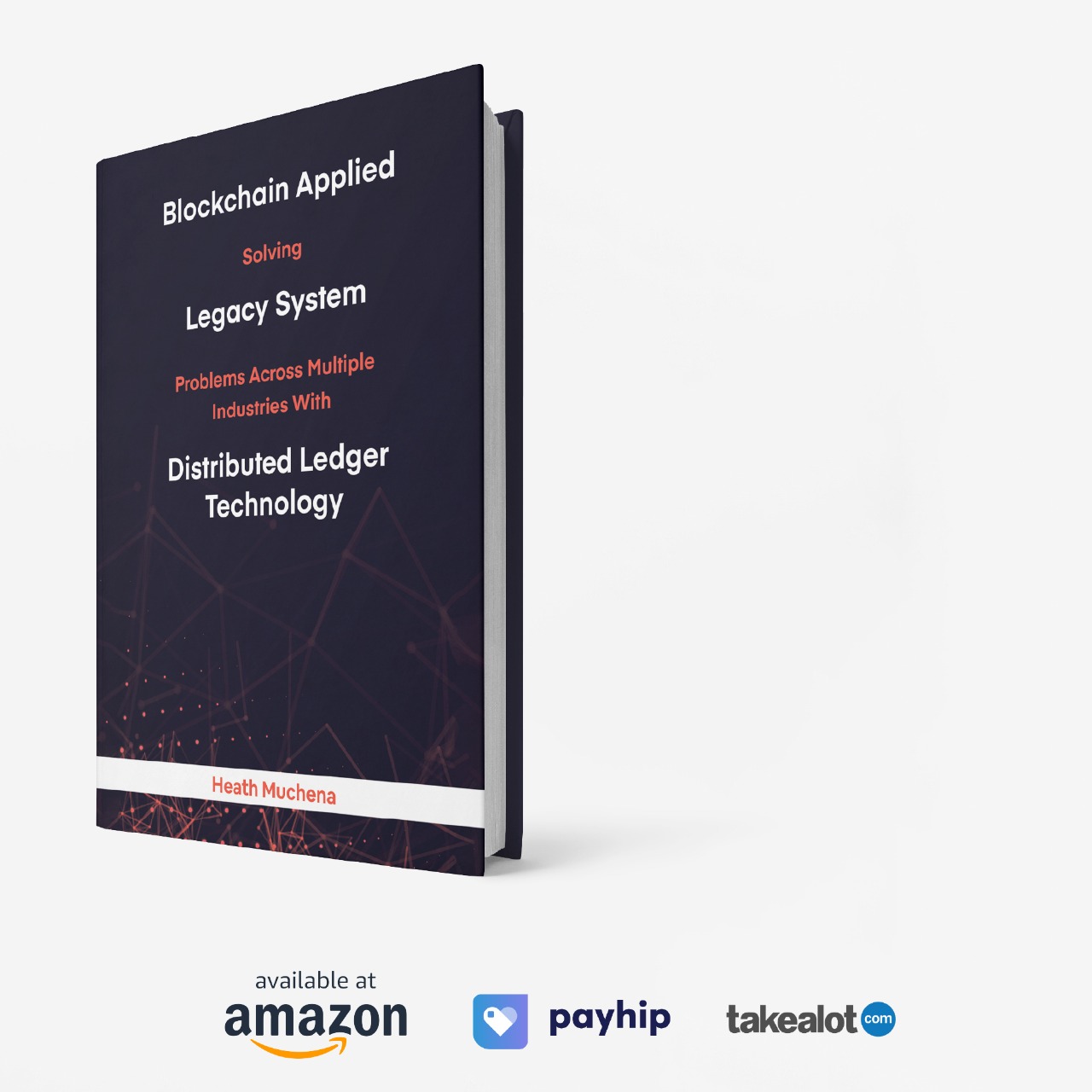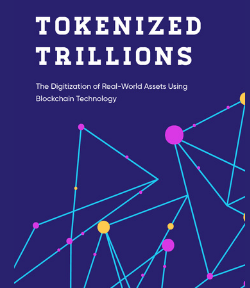
Why the Dollar Is Surging, Bitcoin Is Sliding, and Gold Is Quietly Winning
Dollar vs Bitcoin vs Gold.
A profound shift is creeping through global markets. It is not dramatic enough to grab front-page headlines, yet it is powerful enough to reshape the direction of currencies, commodities, bonds, technology, and even geopolitics. It is the emergence of a liquidity squeeze that is structural rather than cyclical, slow rather than sudden, and global rather than local.
Veteran investors describe it as the most important transition since the financial crisis. Yet outside financial circles, the public has barely noticed the early tremors.
Markets, however, have been shouting for months.
The New Tightening That Does Not Look Like Tightening
For more than a decade, the post-crisis world was shaped by abundant liquidity. Central banks expanded their balance sheets. Interest rates hovered near zero. Governments borrowed cheaply. And a huge portion of global growth was financed by easy access to short-term funding.
That era is fading. Not because policymakers tightened deliberately, but because the mechanics of government borrowing have changed. The United States is issuing an extraordinary amount of short-term debt every week due to a lack of demand for the long end of the curve. That shift forces the Treasury to maintain a large cash buffer, which pulls liquidity directly out of the banking system.
This process is largely invisible to the public. Yet its effects ripple through the financial plumbing in real time. Overnight funding rates jump. Bank reserves shrink. Repo markets feel more pressure. And risk assets take the first hit.
Bitcoin often moves before anything else. It is liquid, global, and reactive to real-time shifts in dollar availability. The sell-off in Bitcoin, which surprised many casual observers, reflects the tightening in funding markets long before the mainstream narrative caught up.
When liquidity contracts, Bitcoin speaks first.
Leverage at the Heart of the Treasury Market
The structural pressure does not end with short-term issuance. A deeper vulnerability sits inside the U.S. Treasury market itself. Over the last two years, the largest buyers of mid and long-term government bonds have been leveraged hedge funds rather than central banks, pensions, or sovereign wealth funds.
These funds rely on short-term borrowing to buy longer-term Treasuries. The trade works when markets are calm. But when volatility rises, they must reduce leverage and sell bonds to protect their positions.
Selling pushes yields higher. Higher yields tighten liquidity. Tighter liquidity triggers more selling. It becomes a loop that feeds on itself.
This is a dangerous foundation for a market that is supposed to be the most stable anchor of the global financial system. Policymakers rarely mention it in public, but market analysts have been warning that the structure of Treasury demand has quietly shifted in a way that makes the system far more sensitive to shocks.
Energy and Technology Are Colliding in Unexpected Ways
While these financial stresses build, the real economy is facing its own set of constraints. The United States has relied heavily on shale production to act as a global shock absorber. For a decade, this kept oil prices contained and helped moderate inflation.
Today, that cushion is thinning. Production growth is slowing at the same time global demand continues to rise, despite years of predictions that oil consumption would peak.
Layered on top of this is a new and enormous force. The artificial intelligence boom is driving demand for electricity, data centers, and advanced chips at a pace that far exceeds the ability of the grid to expand. Many regions in the United States cannot provide new power hookups to hyperscalers until late this decade.
AI is becoming the most capital-intensive technological wave in modern history. It requires trillions in investment for infrastructure, energy, and computing hardware. The U.S. government also requires trillions in new borrowings. The energy sector requires trillions to avoid long-term supply shortages.
These three forces compete for the same liquidity pool.
They also create a long-term inflationary pressure that standard rate cuts cannot resolve. Even if interest rates fall, capital needs remain enormous. That means the system keeps encountering the same bottleneck: not enough liquidity to fund the ambitions of government, technology, and energy at once.
Geopolitics and the New Definition of a Safe Asset
Beyond economics and markets, global political dynamics are shifting as well. The freezing of major foreign exchange reserves in recent conflicts altered how many countries think about financial safety. Sovereign wealth funds and central banks are reconsidering the reliability of U.S. Treasuries.
As a result, many have quietly increased their gold holdings. Their reasoning is both simple and pragmatic. Gold has no counterparty. Gold cannot be frozen. Gold exists outside the political system.
This shift is not speculative. It is strategic, deliberate, and based on real events. It is also why gold has remained stable or strong even as funding markets have tightened. Gold is slowly reasserting itself as the only universally neutral reserve asset in a fragmented world.
Bitcoin Signals Liquidity. Gold Signals Trust.

The diverging behavior of Bitcoin and gold has confused many investors. Bitcoin fell while gold rose. Some interpreted this as a sign that Bitcoin is failing its long-term thesis. That interpretation misses the bigger point.
Bitcoin is a liquidity barometer. It trades like the most leveraged expression of global dollar conditions. When dollars become scarce, Bitcoin corrects.
Gold is a trust barometer. It reflects the long-term decisions of central banks and sovereign funds that do not care about quarterly performance.
Bitcoin reacts to liquidity cycles.
Gold reacts to geopolitical cycles.
Both are telling the truth about different aspects of the same story.
The Coming Trigger That Ends the Squeeze
The current environment will not last forever. Eventually something will force policymakers to reopen the liquidity taps. Historically, two catalysts have been large enough to change course.
The first is a disorderly market breakdown. A sharp move in equities or credit would force authorities to intervene aggressively.
The second is political pressure. With elections approaching, leaders cannot afford a crisis of confidence in markets or consumer sentiment. That pressure may force the Treasury and Federal Reserve to choose growth over restraint.
When that moment arrives, Bitcoin will likely respond first and fastest, followed by equities and then real assets.
A New Financial Era Is Forming
The world is heading through a period marked by overlapping pressures. Fiscal strain, AI-driven capital demand, energy constraints, and geopolitical realignment are converging. None of these forces are temporary. Together they form a new macro environment defined by scarce liquidity, higher real rates, and shifting global trust.
The old playbook that guided the last decade is no longer reliable. A new one is forming in real time.
The first signs appeared in funding markets. The next will appear in policy. The final shift will emerge in asset prices when liquidity inevitably returns.

The world is not heading toward a single crisis. It is entering a new regime, and the transformation has already begun.






